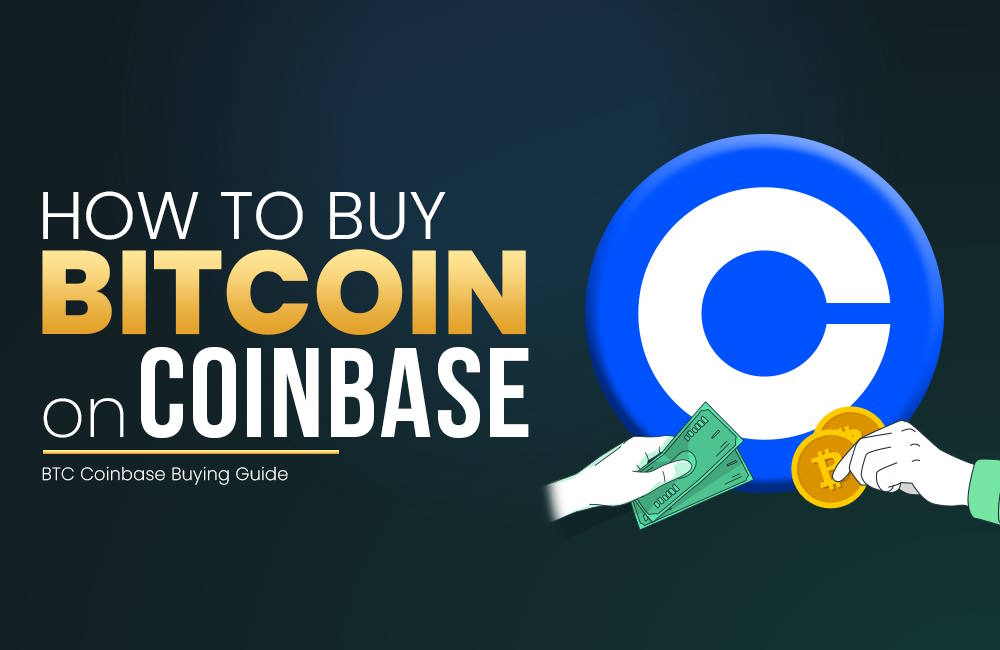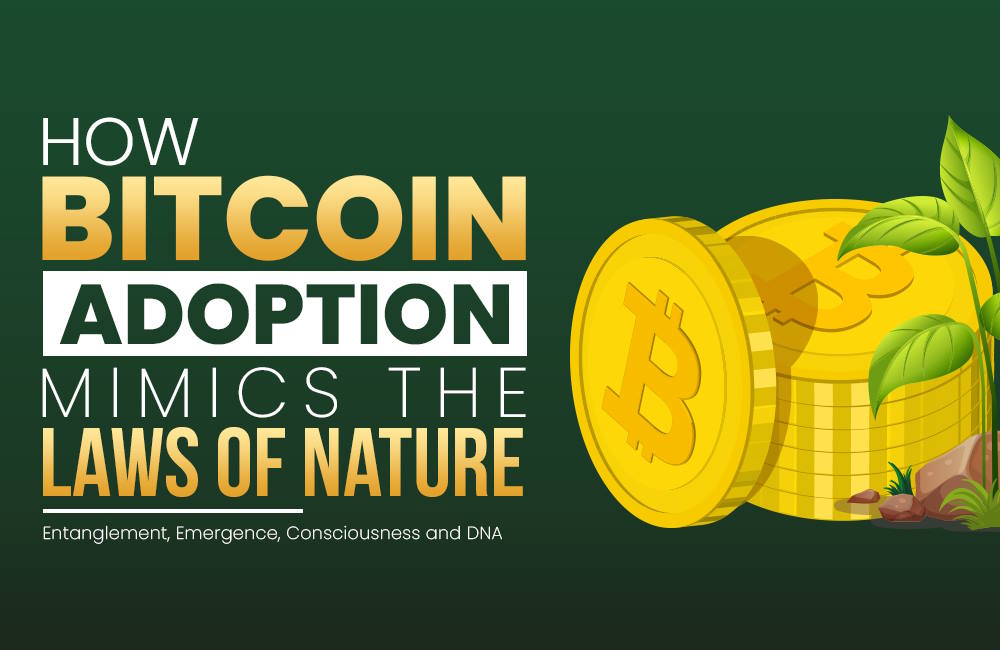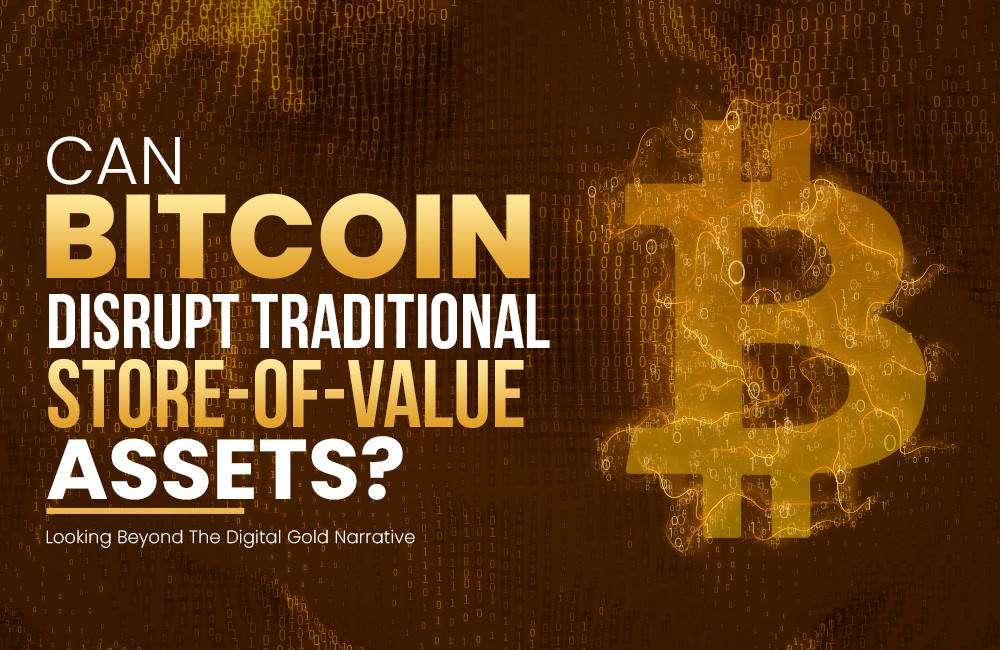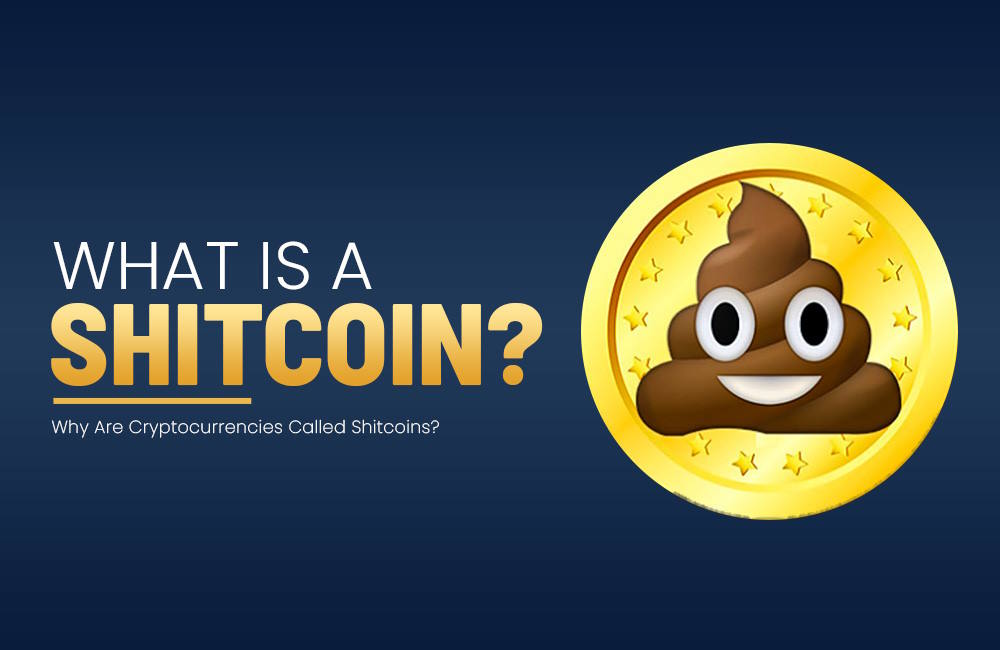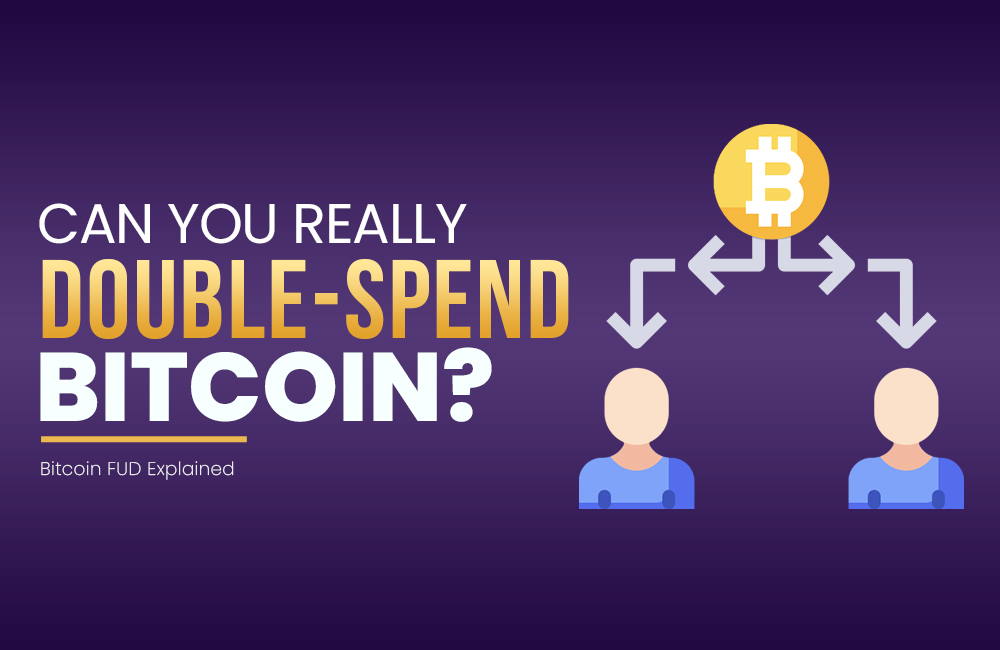
What we're talking about:
Can You Really Double-Spend Bitcoin?
No, you cannot double-spend bitcoin. If you’ve read that somewhere then you’ve more than likely come across some good ol’ Bitcoin FUD.
Fear not, for in this article we’ll see why the double-spend issue is nothing to worry about and what you can do to separate the signal from the noise.
Counterfeit Money: An Age-Old Problem
Having been plagued by counterfeit money for several centuries, we humans are now subject to a new threat to our funds in the form of duplicate financial transactions. In the era of digital copy paste, overcoming the double-spend issue has long been a hurdle to the establishment of a reliable decentralized monetary system. For context, centralized payment systems combat this issue through a network of trusted parties such as banks and payment processors, which themselves are overseen by centralized governments.
If any monetary system is to be stable and reliable, it must guarantee the integrity and trustworthiness of its transactions at all times.
How Bitcoin Solves the Double-Spend Challenge
The double-spend problem is something that was identified at the very outset of Bitcoin’s conception and is a key element in Satoshi Nakamoto’s white paper. To effectively remove the centralized elements of trust as seen in fiat currencies, Bitcoin required a novel mechanism to combat duplicate payments. Bitcoin starts by providing users with cryptographic digital signatures but this alone does not solve the double-spend issue.
It is the greater proof-of-work network which prevents double-spending as all records are public, permanent and supported by a network of independent nodes. These nodes verify transactions, with each one storing an identical copy of the network’s history. Nodes are free to enter and exit the system whenever they want. Returning nodes synchronize with the latest copy of the public ledger, which by default is the longest version of the blockchain.
Common Bitcoin Jargon Explained
Should a bad actor somehow manage to spend the same bitcoins twice, this would create a split in the blockchain. Nodes would then align to a particular chain, causing the other to be neglected. Time and again, the longest chain prevails, representing the “truest” version of all previous activity.
To understand how this happens, we need to learn about mempools and confirmations.
Bitcoin Housekeeping
Straight after their broadcast, before being encoded on the blockchain, transactions are added to the mempool. This is a queue of all transactions waiting to be timestamped on the blockchain by miners. Only after a transaction has been added to the blockchain can it then be confirmed.
On rare occasions, competing miners may actually both mine a block at the same time, causing an involuntary chain split – think of this as two alternate realities. A swift block reorganization fixes the error and returns the transactions into the mempool. Nodes align to one chain, leaving the other one behind in a state of permanent irrelevance. Although rare, this straightforward occurrence can easily lead to misconceptions.
To avoid such issues, a common practice among Bitcoin users is to wait for 6 confirmations before conducting another transaction. Users in need of faster transactions can always move their assets to dedicated micropayment layers, such as Lightning Network.
What’s All the FUD About?
Sometimes a single tweet is all it takes to spark some Bitcoin FUD (fear, uncertainty and doubt). This was the case in January 2021 when a standard block reorganization was picked up in the media and incorrectly reported as a double-spend. With an influx of new investors piling into the 2021 bull run, rumors of the double-spend spread like wildfire leading to a panic selloff.
Dealing with such Bitcoin FUD should be done wisely. With new technology comes the need for additional education but investors often rely heavily upon media sources to inform their decisions. Media hype can lead to facts getting lost or twisted and should best be taken with a pinch of salt. On the other hand, simply brushing off news that goes against your investment thesis is not a good choice. If possible, doing your own research (DYOR) should always be your first approach.
Conclusion
The great thing about Bitcoin and its public ledger is that you don’t need to trust, you verify. As a new monetary technology, certain aspects can be hard to grasp but fact checking FUD and arming yourself with knowledge is the key to surviving and ultimately thriving in this rapidly evolving space.
What we're talking about:


